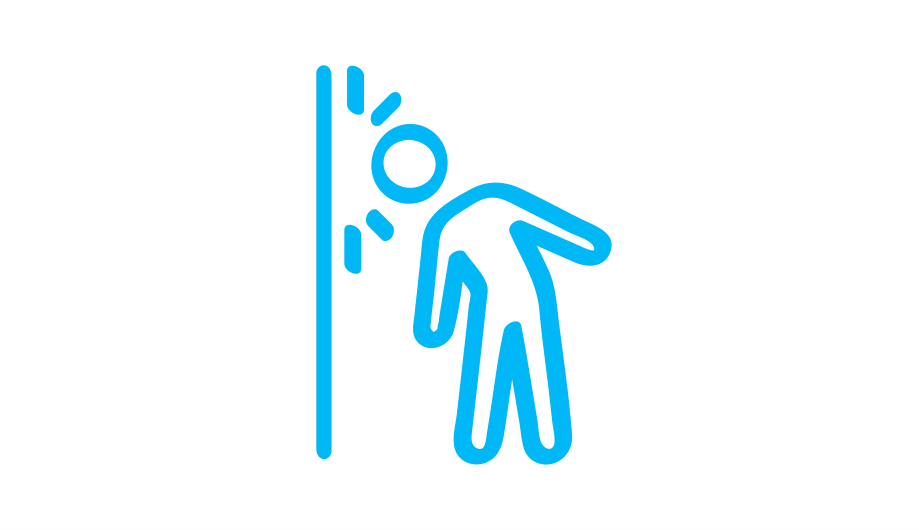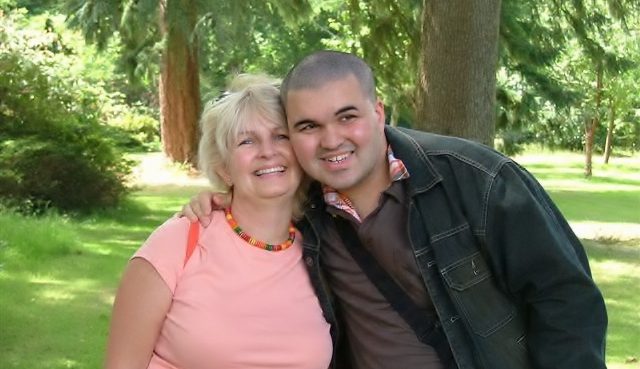
Family Support Service
The Family Support Service can provide information and support about the needs of your family member with a severe learning disability. Our support is confidential, and we won’t judge you or tell you what to do.

Quick read guide to self-injurious behaviour with a complete information sheet available to download. Find out what it is, how you can get help with this kind of behaviour, and about medication and protective devices.
Download: Information sheet on Self-injurious behaviour
Self-injurious behaviour is any behaviour that results in someone causing physical harm to themselves. Examples of this behaviour shown by people with severe learning disabilities include: eye poking, self-biting, head banging and skin picking.
Help with this type of behaviour is usually given by psychologists or behavioural specialists. They will try to work out what ‘message’ the person is trying to say and then teach them a better way to ‘say’ it. The reasoning behind this is that:
It is possible to teach better ways to ‘say’ things when someone has very few language skills, including teaching children and adults to use new signs or picture cards to replace self-injury and show their carers what it is they want or need.
There is always a reason for the self injurious behaviour. Family and paid carers can do a range of things when a person is showing self-injurious behaviour:
There is not much evidence that medicine can help with reducing self-injurious behaviour. People may try to use protective devices (e.g. helmets, arm splints, padding) if a person’s self-injury is very severe. These devices are best used as short term measures, as people can become dependent on them and they limit how much the person can move. Finding the reason for the behaviour and addressing it is key.
For more information read the Challenging Behaviour Foundation information sheet on Self-injurious Behaviour:

The Family Support Service can provide information and support about the needs of your family member with a severe learning disability. Our support is confidential, and we won’t judge you or tell you what to do.

What causes self-injurious behaviour? What action should parents and carers take? Watch this video to understand the causes and the function of self injurious behaviour, and the use of medication and protective devices.

Pica refers to eating objects which are not suitable to be eaten, and Polydipsia involves the constant desire to drink any type of liquid. This page provides a quick read guide to Pica and Polydipsia with a complete information sheet available to download.